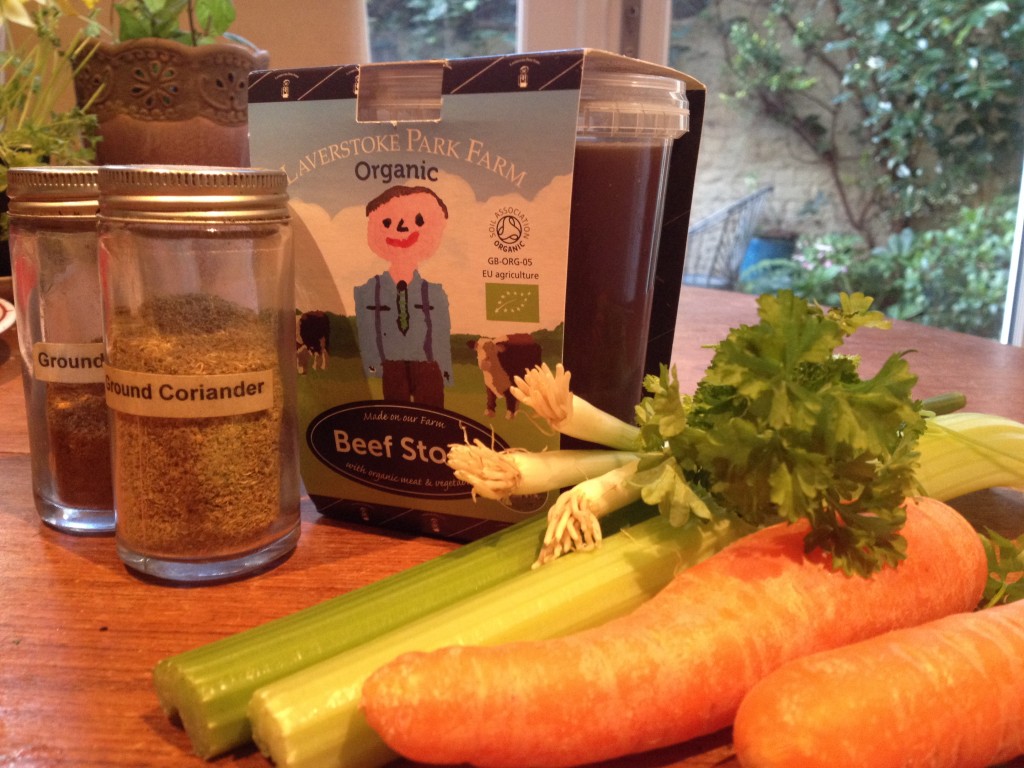 A warming fish soup, unusual and aromatic with added fennel and grated sweet potato. Perfect for batch cooking, double up and have two pots on the go at once. This then makes 12 portions that can then be frozen, taken to work in a flask or defrost as needed.
A warming fish soup, unusual and aromatic with added fennel and grated sweet potato. Perfect for batch cooking, double up and have two pots on the go at once. This then makes 12 portions that can then be frozen, taken to work in a flask or defrost as needed.
Ingredients
serves 6
150g prawns
2 x salmon fillets
2 x white fish fillets, such as sea bass, haddock, river cobbler
500 ml fresh fish stock, or chicken stock if you cannot find fish
700 g chopped plum tomatoes or passata
1 glass dry white wine (optional)
1 red onion (if doing FODMAPs, use spring onion greens), chopped
2 sticks celery, chopped
½ small bulb fennel, chopped
1 red chilli, deseeded & chopped
1 sweet potato, scrubbed and grated
½ lemon
1 extra large handful fresh flat-leaf parsley, chopped
olive oil
Method
Gently fry the onion, celery, fennel and chilli in coconut oil or olive oil, until they are soft.
Add the wine, tomatoes or passata, grated sweet potato and fish stock and bring to the boil. Cover and simmer gently for 30 minutes. Season and gently break up the tomatoes.
Roughly chop the salmon and white fish and add to the pan. Add the prawns and simmer for 10 minutes.
Season again with salt and pepper and a squeeze of lemon juice.
Serve drizzled with olive oil and generously sprinkled with chopped parsley.
This recipe has been adapted from a Jamie Oliver recipe. Thank you Jamie!


 The most extensive analysis ever of nutrient content in organic vs conventionally-produced foods has just been published in the British Journal of Nutrition. It shows that organic crops are much higher in antioxidants and lower in toxic heavy metals. Read More
The most extensive analysis ever of nutrient content in organic vs conventionally-produced foods has just been published in the British Journal of Nutrition. It shows that organic crops are much higher in antioxidants and lower in toxic heavy metals. Read More

 The vegan organisation, inSpiral, recently asked me to write an article for them on the
The vegan organisation, inSpiral, recently asked me to write an article for them on the 
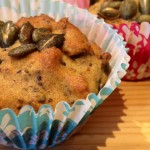 This yummy recipe is low FODMAP diet friendly and makes a hearty afternoon pick-me up treat. If you can go the extra step to freshly grind your own cinnamon you will really notice the difference. I’m very interested in the Low FODMAP approach because of the links between asthma and gut health.
This yummy recipe is low FODMAP diet friendly and makes a hearty afternoon pick-me up treat. If you can go the extra step to freshly grind your own cinnamon you will really notice the difference. I’m very interested in the Low FODMAP approach because of the links between asthma and gut health. 2 tbsp ground cinnamon*
2 tbsp ground cinnamon*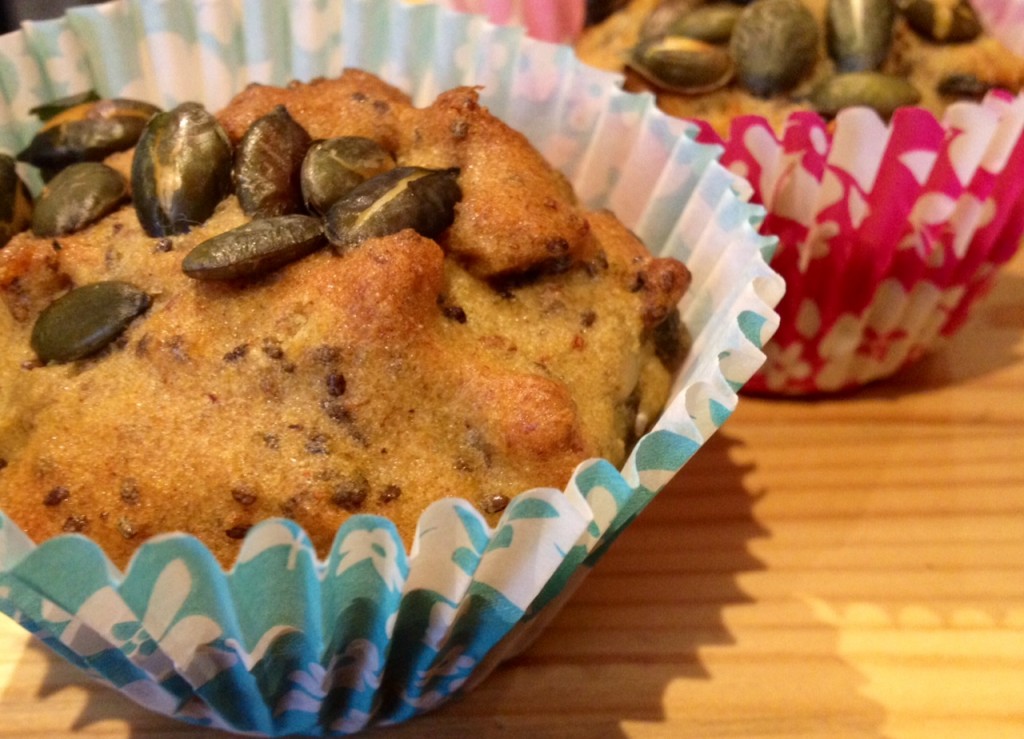
 On Tuesday 20th May I will be teaching Fermented Foods (2) as part of the programme,
On Tuesday 20th May I will be teaching Fermented Foods (2) as part of the programme, 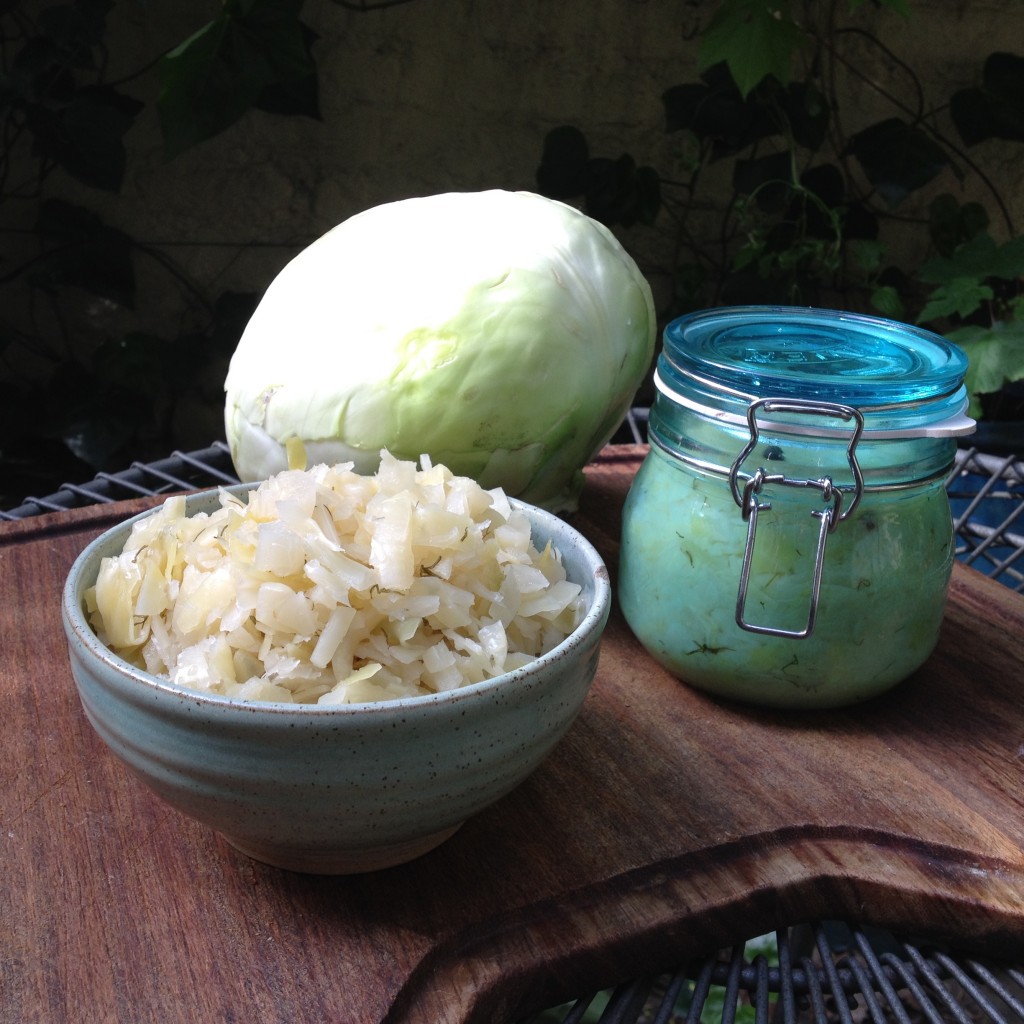
 I can’t wait to see this film! So many leading voices in cutting-edge nutrition, speaking together about issues that really matter.
I can’t wait to see this film! So many leading voices in cutting-edge nutrition, speaking together about issues that really matter.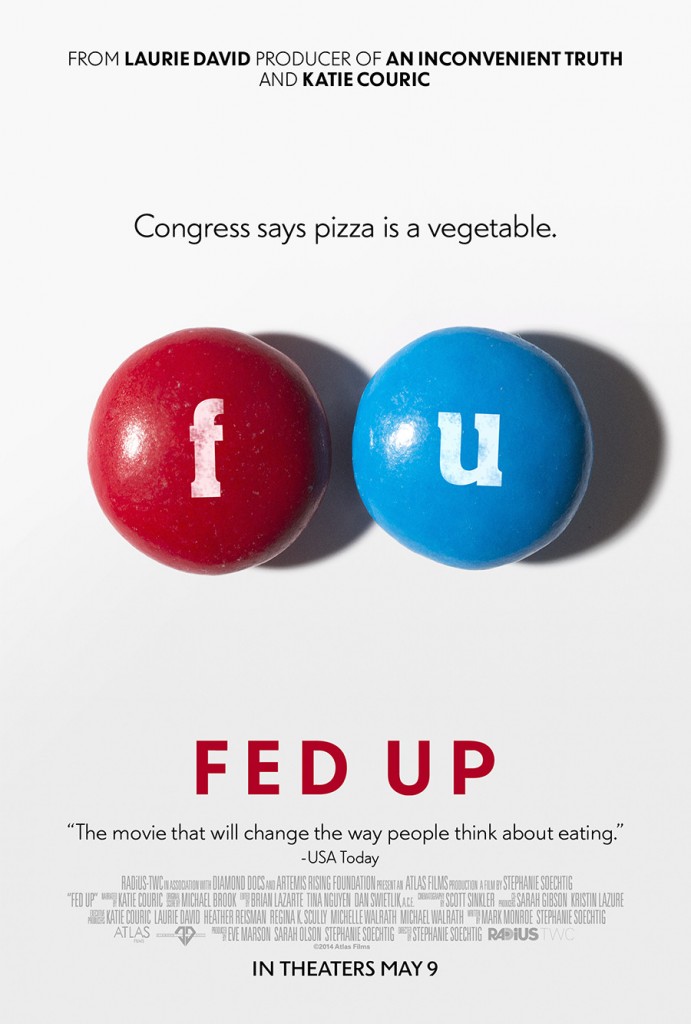
 Why is Nutrigenomics such an exciting and emerging health topic? Because we all have slightly different genetic variations – and these can change the extent to which different foods or nutrients can be helpful or harmful to us as individuals. These gene variations change our susceptibility to different diseases and can make certain dietary changes dramatically more important for one person than another.
Why is Nutrigenomics such an exciting and emerging health topic? Because we all have slightly different genetic variations – and these can change the extent to which different foods or nutrients can be helpful or harmful to us as individuals. These gene variations change our susceptibility to different diseases and can make certain dietary changes dramatically more important for one person than another.
 I wrote this blog article for my aunties and uncles after listening to the
I wrote this blog article for my aunties and uncles after listening to the 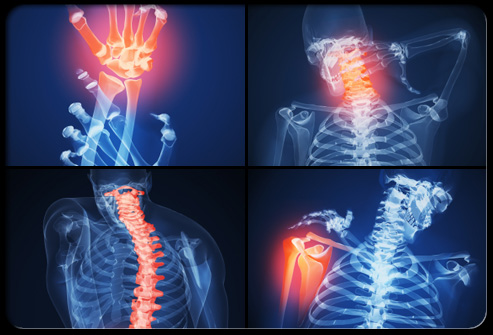




 In nearly every nutrition seminar I have been to recently ‘bone broth’ or stock is being recommended for its nutritional properties, to help with healing of the gut lining and many other conditions. This hot drink / base for soups is rich in gelatine, a good source of the amino acids,
In nearly every nutrition seminar I have been to recently ‘bone broth’ or stock is being recommended for its nutritional properties, to help with healing of the gut lining and many other conditions. This hot drink / base for soups is rich in gelatine, a good source of the amino acids, 
